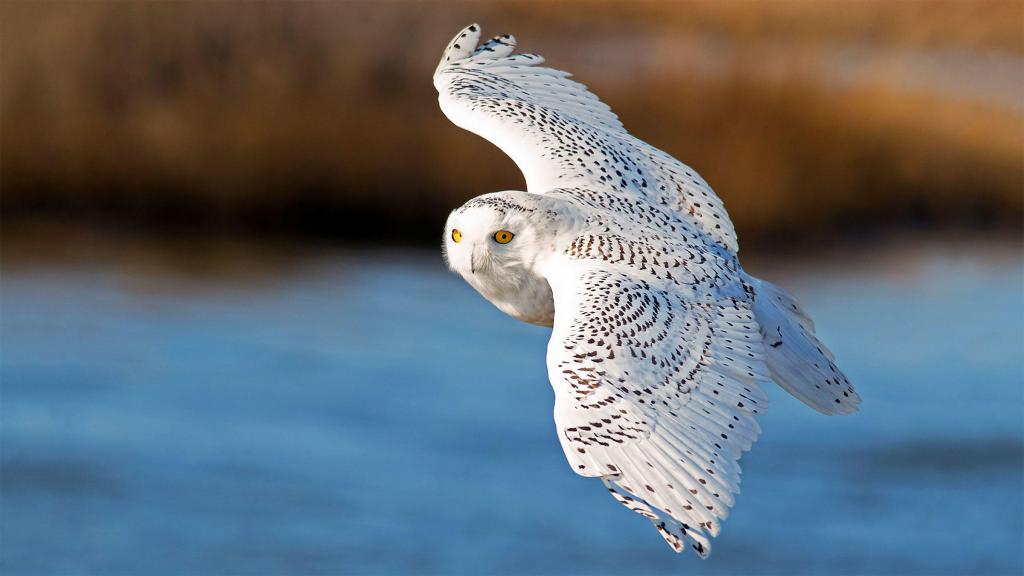A narrow strip of tundra stretches in the northern part of the planet. It is located very close to the zone of the Arctic desert, and the natural conditions here are not much more pleasant. However, there are living beings in this part of the planet. How do they interact with each other? What does the power circuit in the tundra look like? Let's find out.
The nature of the tundra: photo and description
The tundra natural zone borders the shores of the Arctic Ocean. It is located in northern Canada and along the coast of Greenland. In Eurasia stretches from Norway to the eastern edge of the Far East. The tundra lies in the subarctic zone, as well as at certain heights in the mountains of the temperate zone.
There are no tall trees in the food chain of the tundra, as, for example, in the neighboring taiga. Its entire territory is vast swampy lowlands covered with stone, peat and stunted vegetation.
The harsh local climate is characterized by high humidity, low temperatures and constant winds. Most of the tundra zone is located beyond the Arctic Circle, which is why its winters are very long (8–9 months) and polar nights are observed for several weeks a year. Only animals and plants that can tolerate the cold and the prolonged absence of sunlight can survive here. Here are some typical tundra power circuits:
- Berries - lemming - polar owl.
- Jagel - reindeer - wolf.
- Cereals - hare-hare - arctic fox.
- Berries - mosquitoes - partridge - fox.
First chain link
Most often, food chains begin with living vegetation. In the tundra, it is represented only by low-growing species, because the light necessary for normal development is not enough. In addition, already at a depth of 30-50 centimeters underground, permafrost begins, which does not allow the roots to make their way too far. For these reasons, the tundra vegetation does not rise high, but generally spreads, covering the soil with a continuous carpet.
The main "inhabitants" of this area are lichens and mosses, which are represented in large numbers here. Also, dwarf willows, birch, aspen, cereal species and berry bushes, for example, blueberries, cloudberries, princesses, polar poppies, sedges, dryad shrubs with small yellow flowers, also participate in the tundra food chain. In addition to them, algae in rivers and detritus, the dead remains of organisms and plants, can begin the trophic series.
Second link
The second link of the tundra food chain are herbivorous animals. These include rodents lemmings, reindeer, brown hares and snow sheep living in Eastern Siberia. Cereals and berries are fed by birds, such as waders, geese, sparrows, partridges. Fish in rivers can consume algae.
This link includes various insects that feed on berries and pollen, as well as detritophages that consume detritus. The latter include various worms, microorganisms, beetles, flies and wood lice.
Other links
After herbivores in the food chain are carnivores that prey on other animals. Intermediate links, as a rule, are small predators and omnivores, for example, various rodents, small crustaceans, toads, snakes, minks, ermines, martens. This also includes fish (omuli, teals, vendace), which prey on smaller fish and crustaceans. The abundance of swamps and lakes makes the tundra a pleasant place for blood-sucking insects that appear in the warm period. Cranes, wagtails, loons, eiders, ducks, and gulls fly in large numbers here in the spring, which also occupy an intermediate position in the food chain.

The final links are large predators eating both carnivorous and herbivorous animals. In the tundra they are represented by echinoderms and polar owls, wolves, foxes, arctic foxes. At the very top of the chain are superpredators - the largest animal terrain that others do not hunt. In the tundra, a person can be considered as such. In the northern regions of the natural zone, the polar bear is the highest predator.